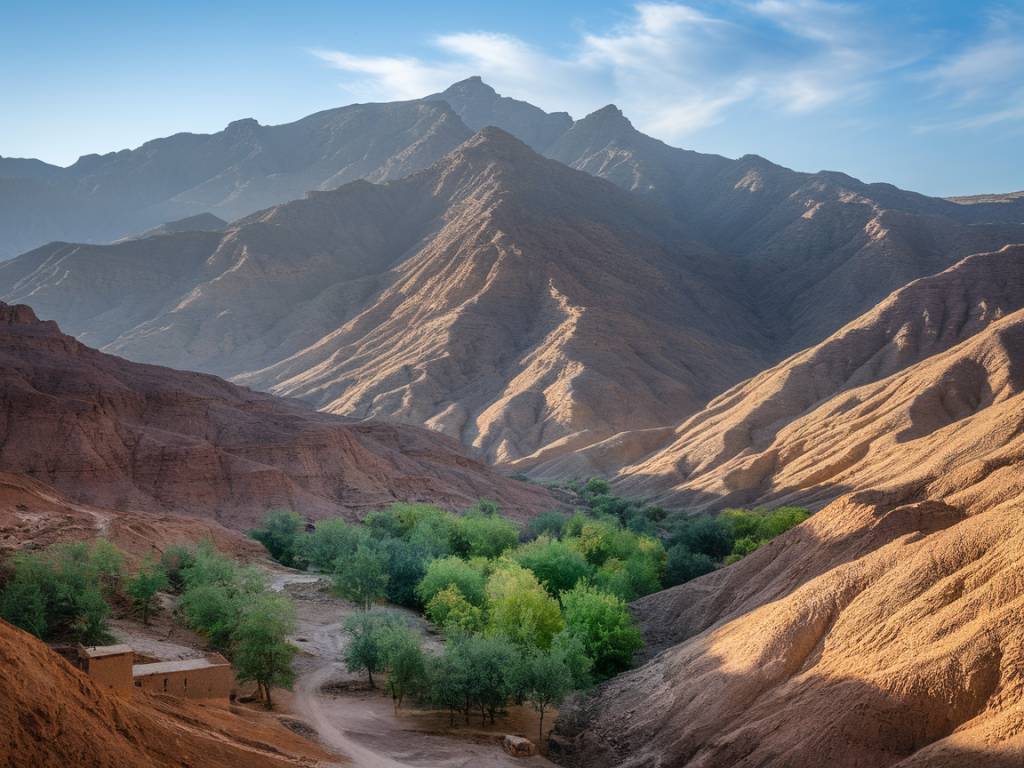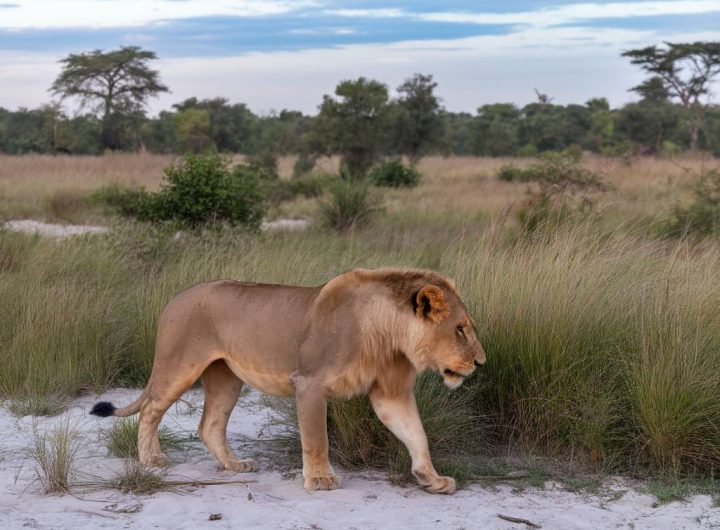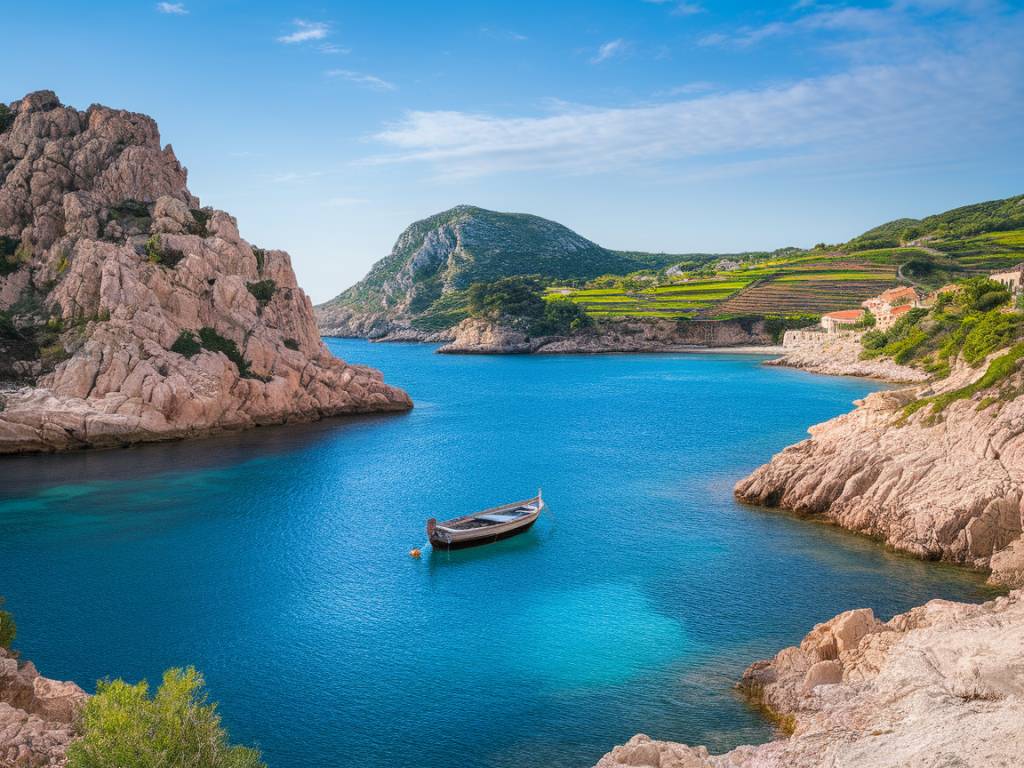
Discover atlas in morocco
Morocco, a country known for its vibrant culture, bustling souks, and stunning landscapes, is a destination that continuously captivates the hearts of travelers. Among its many marvels, the Atlas Mountains stand out as a beacon for adventure seekers and nature lovers alike. Stretching across a vast expanse, the Atlas Mountains are divided into three distinct ranges: the Middle Atlas, the High Atlas, and the Anti-Atlas. Each offers a unique set of experiences, enveloped in rich history, diverse culture, and breathtaking vistas.
Exploring the Middle Atlas
The Middle Atlas, often referred to as the « gentle giant, » is a region characterized by its rolling hills, lush forests, and serene lakes. This part of the Atlas Mountains is easily accessible from cities like Fez and Meknes. The allure of the Middle Atlas lies in its moderate altitudes and welcoming climate, making it an ideal destination for year-round travel.
One of the most prominent attractions in the Middle Atlas is the Ifrane National Park. Known as « Little Switzerland » for its alpine architecture and cool climate, Ifrane offers a stark contrast to the typically arid Moroccan landscape. Here, one can explore the Cedre Gouraud Forest, home to a significant population of Barbary macaques.
Besides its natural beauty, the Middle Atlas is also notable for its cultural heritage. The Berber communities inhabiting the region offer a glimpse into traditional Moroccan life. Visitors can partake in local festivals, explore traditional handicrafts, and savor regional cuisine, including the renowned Berber tagine.
Venturing into the High Atlas
The High Atlas Mountains are often considered the crown jewel of Moroccan mountain ranges. Standing tall with peaks that soar above 4,000 meters, the High Atlas is a haven for mountaineers and trekkers. The range is dominated by Mount Toubkal, North Africa’s highest peak at 4,167 meters. Climbing Toubkal is an aspiration for many adventurers, providing both a challenge and a highly rewarding experience.
The High Atlas isn’t solely about extreme altitudes, though. The scenic beauty of valleys such as the Ourika Valley, with its terraced fields and gushing streams, paints a tranquil picture. The Ouzoud Falls, one of Morocco’s highest waterfalls, offer a refreshing escape and opportunities for hiking and picnicking.
In addition to its natural splendor, the High Atlas is peppered with traditional Berber villages that seem frozen in time. Places like Imlil and Ait Benhaddou offer not just accommodation but a chance to immerse oneself in the daily rhythm of Berber life. Ait Benhaddou, a UNESCO World Heritage site, is particularly fascinating with its mudbrick ksar.
The Mystique of the Anti-Atlas
South of the High Atlas lies the Anti-Atlas, the least explored yet equally mesmerizing part of the mountain range. This region is marked by stark contrasts, with arid landscapes giving way to oasis valleys. The Anti-Atlas is a geological wonder, featuring rugged terrain and unique rock formations. Jebel Sirwa, an extinct volcano, is the highest peak in this range, inviting avid hikers for a distinctive trekking experience.
The Anti-Atlas is rich in flora and fauna, offering a different ecological perspective from that of the Middle and High Atlas. The Souss-Massa National Park in the region is home to rare and endangered species such as the bald ibis.
Moreover, the Anti-Atlas has a deep-rooted history intertwined with ancient trade routes. The region was once a crossroads for caravans traversing the Sahara. Today, the town of Tafraoute, nestled amidst pink granite mountains, serves as a gateway for exploring the Anti-Atlas. Its unique landscape and distinctive rock formations, such as the Painted Rocks, make it a visually captivating destination.
Planning Your Atlas Adventure
When planning a trip to explore the Atlas Mountains in Morocco, it’s essential to consider the best time to visit, the type of activities you wish to engage in, and necessary preparations. Spring (March to May) and autumn (September to November) are generally considered the best seasons for trekking, as the weather is usually mild and stable.
Proper planning involves selecting the right gear for your adventure. Whether you’re on a day hike in the Middle Atlas or attempting to summit Mount Toubkal, having the appropriate clothing, footwear, and supplies is crucial. Consider investing in good quality hiking boots, moisture-wicking layers, and a durable backpack.
Local guides and tour companies play an essential role in ensuring a safe and enriching experience. Engaging the services of an experienced guide can enhance your journey, providing local insights and handling logistics such as accommodation and transport.
The Cultural Tapestry of the Atlas
The cultural diversity within the Atlas Mountains provides an added dimension to any exploration. The Berber culture, with its distinct language, traditions, and crafts, is integral to the region’s identity. Visitors can engage with local artisans creating beautiful rugs, pottery, and jewelry, each piece telling a unique story.
Traditional Berber music and dance are vital cultural expressions in the Atlas. Attending a local festival or gathering offers an unforgettable experience, where the rhythms of the tamtam drum and the melodies of the flute captivate the senses.
Food is another significant aspect of the cultural tapestry. The Atlas region boasts a rich culinary heritage, with dishes that reflect the convergence of Arab, Berber, and French influences. Sharing a meal with a Berber family, perhaps starting with mint tea and continuing with tagine or couscous, provides a deep connection with the local way of life.
Eco-Tourism and Sustainable Travel
In recent years, eco-tourism has gained traction in the Atlas Mountains, promoting sustainable travel practices that support local communities and preserve the environment. Many tour operators and accommodations now emphasize eco-friendly options, from solar-powered lodges to guided tours that minimize ecological footprints.
Participating in eco-tourism activities, such as community-based stays and conservation projects, not only enriches your travel experience but also contributes positively to the region’s sustainability. Trekking with a local guide, who can share knowledge about traditional practices and environmental stewardship, adds a meaningful layer to your adventure.
The Atlas Mountains are not just a destination for those seeking natural beauty and adventure; they are also a symbol of harmonious living with nature. By choosing eco-tourism, travelers can play a part in preserving this remarkable region for future generations.
Preparing for a Journey Beyond
Embarking on an adventure through the Atlas Mountains is a journey that promises to touch the soul and invigorate the spirit. The region’s diversity, from the tranquil Middle Atlas to the majestic High Atlas and the mysterious Anti-Atlas, offers a multitude of experiences for every type of traveler.
Whether you’re drawn by the mountain peaks, the cultural richness, or the call of the wild, the Atlas Mountains provide a canvas for extraordinary memories. Through careful planning, respectful engagement with local communities, and a commitment to sustainable travel, one can truly discover the essence of Atlas in Morocco.

 Best African safari destinations: top 5 experiences in Africa
Best African safari destinations: top 5 experiences in Africa  Discover corsica
Discover corsica  Best survival knives for outdoor adventures
Best survival knives for outdoor adventures  Top 5 adventure watches with gps and survival features
Top 5 adventure watches with gps and survival features  How to choose the right adventure clothing for every climate
How to choose the right adventure clothing for every climate